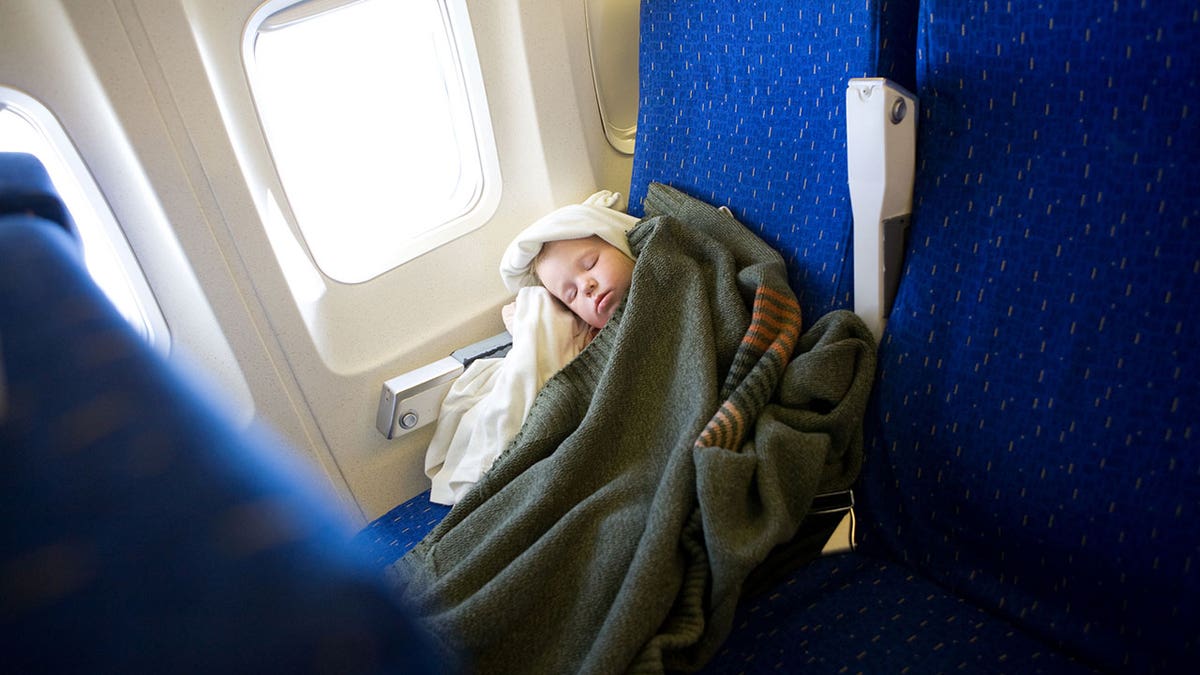
Somebody get this kid some cocoa. (iStock)
As the entire country plunges into cold and flu season, travelers may be wary of boarding any flights. After all, the idea of being stuck in a flying metal tube with recirculating air as other people cough and sneeze could be enough to make anybody call in a preemptive sick day.
And this flu season has been especially devastating: The U.S. Center for Disease Control and Prevention on Jan. 13 said it is widespread in every U.S. state except for Hawaii, with a total of 74,562 diagnosed cases. The center reported that 30 children have died from the viral illness.
Those numbers are scary — making this the worst flu season in recent years — but as long as you're healthy before departure, you don't need to cancel your travel plans. There are a few steps you can take to help yourself avoid catching any illnesses on a plane.
The main name of the game is prevention. This means avoiding highly contaminated areas and close quarters with many other people. Choose a window seat over an aisle seat. Fewer people passing by means fewer opportunities to catch germs. Travelers should also avoid waiting in tight lines to board the plane.
More from Travel + Leisure:
- Why You Might Want to Think Twice Before Eating Breakfast on a Plane
- A CNBC Film Crew Tried to Sneak a Fake Bomb into Newark Airport. Then They Were Arrested
- Chris Christie Responds to Reports He Was Caught Trying to Skip Security at Newark Airport
- PBR Made a Winter Coat That Can Store a Whole Case of Beer (Video)
- Meghan Markle Broke Royal Protocol for a 10-year-old Fan
Packing a few extra items could make a big difference. "One of the things we’ve noticed, particularly on airplanes, is that as soon as your mucous membranes, particularly in your nose and your mouth, start to dry out, we lose one of the most valuable defenses for preventing respiratory viruses," Dr. Nicholas Testa told ABC News. Pack a small bottle of nasal spray (often available at airport convenience stores, if you forget) to stay well-lubricated.
The tray table is one of the dirtiest places on the plane. Whereas the bathroom is subject to mandatory cleanings, no one is guaranteed to be wiping down the tray tables between services. Having a small vial of antibacterial gel or wipes will help you kill any germs in your area before you even come in contact.
And contrary to popular belief, you should actually turn on your overhead vent. When someone sneezes, those germs can quickly spread to those in their immediate area. Turning on an air vent increases air circulation and can move germs away if you’re sitting next to someone who might be sick.
